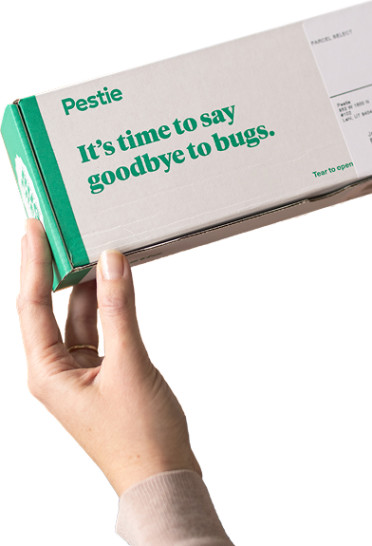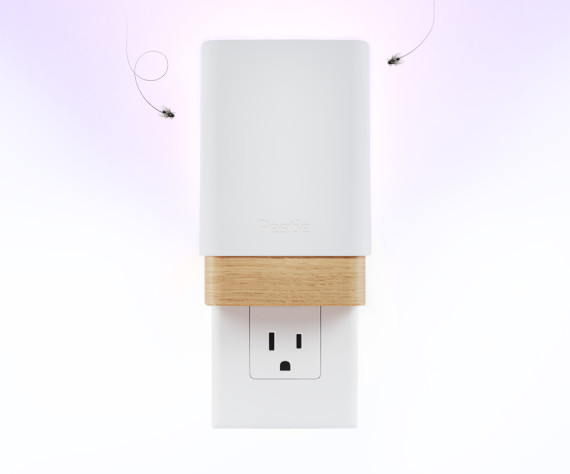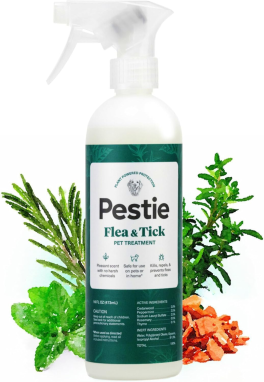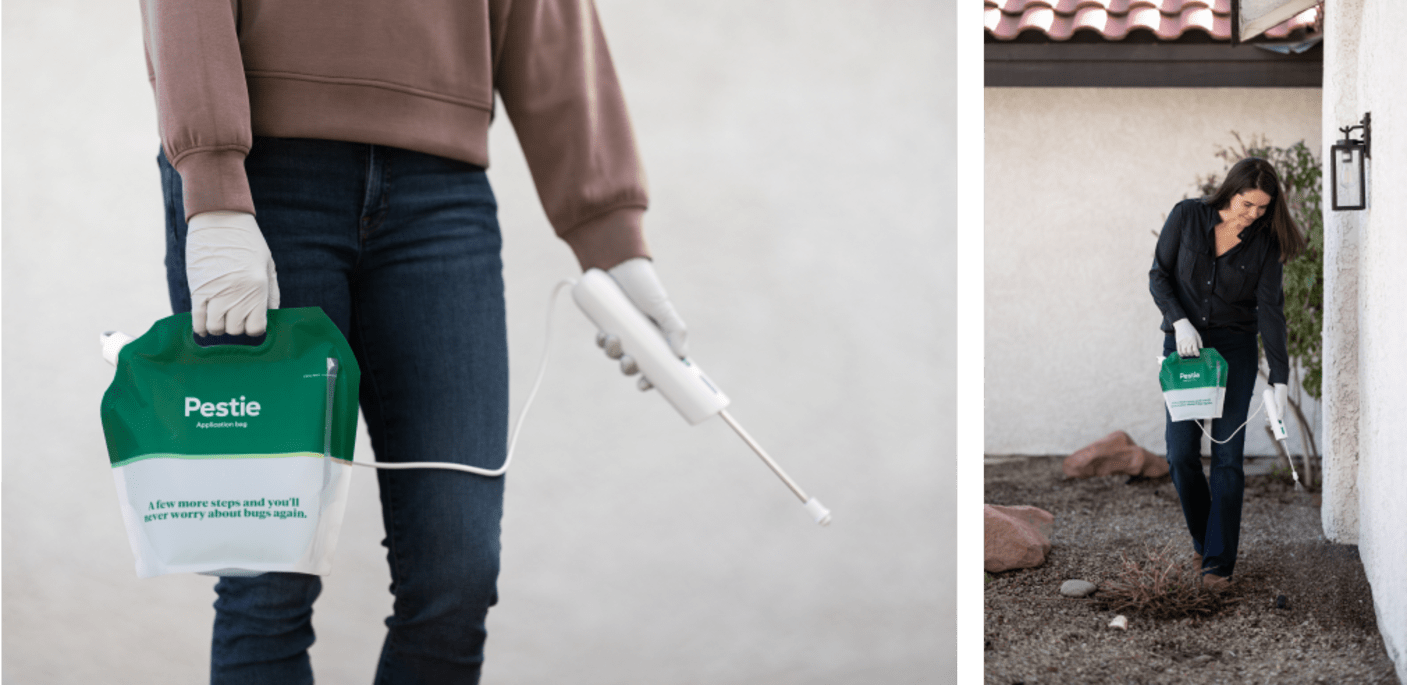How to identify and get rid of cicadas
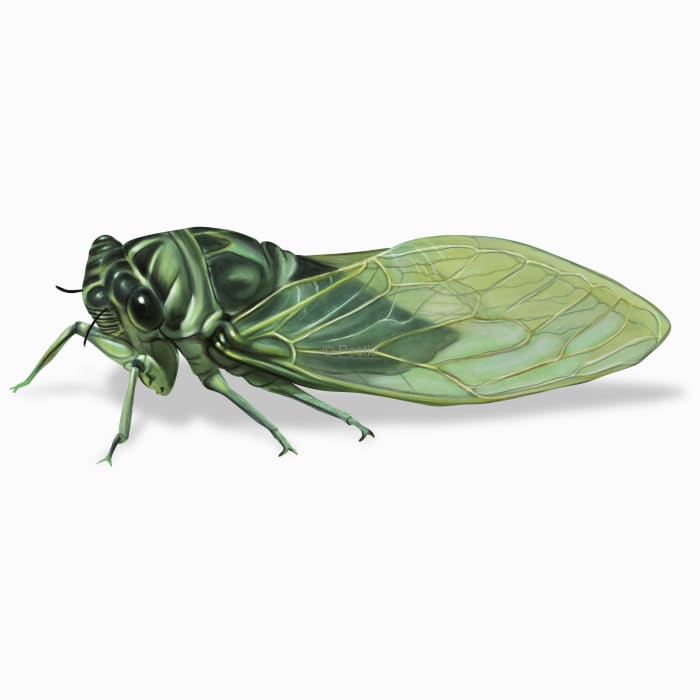
Cicada season: is your yard a concert hall?
Summer just isn’t summer without pool parties, summer vacations, and the screeching of cicadas outside your window. These loud and often annoying insects aren’t trying to be obnoxious. They’re just looking for a mate.
Cicadas belong to the family of insects called Cicadidae, living the majority of their lives underground. While underground, they suck on plant sap from tree roots and stay in the same spot for several to many years before digging through the soil, climbing up a tree, and emerging as an adult.
The adult emerges out of the old skin of the nymph, leaving a brown shell-like shadow of its former self. The nymphs are wingless, whereas the adults fly away to call for or find a mate.
The males are the noisy ones, as they use special body parts called tymbals on the side of their bodies to make a loud pulsating buzz. The sound is often compared to an electronic hum or drone. Some even say it sounds like a saw cutting wood.
Two types of cicadas live in North America. There are annual cicadas that predictably come out every July and August and periodical cicadas that only come out every 13 or 17 years.
Both can be pretty loud with their mating calls, but periodical cicadas come out in such high numbers that the noise can be deafening.
Cicadas can often damage young trees when they lay their eggs. They do this by cutting into the young twigs with their ovipositor and laying eggs inside the twigs. This egg-laying process can cause the twig to split or die.
How to identify cicadas
Cicadas are best known for their loud, shrilling sounds they make during summer. You are also likely to notice their shed skins that cling to vertical posts or tree bark. The adults of the annual cicadas are large, with green and black patterns, and have widely spaced black eyes. Periodical cicadas are much smaller and have orange-tinted wings with a black body and red eyes.
Common characteristics of cicadas:
- Transparent wings with thick veins
- Loud buzzing sound
- Large, widely spaced eyes
- Brown shells clinging to trees
How big are cicadas?
Annual cicadas can be up to 2 inches, while periodical cicadas are about 1 inch long.
Where do cicadas live?
Annual cicadas can be found throughout the Eastern and Midwestern parts of the US. Periodical cicadas have different broods that emerge in different locations each year. They are typically in the New England, Midwestern, and Gulf Coast parts of the US.
How to get rid of cicadas
Cicadas can be tricky to manage since they stay hidden under the soil for most of their lives. They also aren’t very bothersome for most homeowners. If you have a periodical cicada emergence happening soon near you, you can do the following things to protect your young trees:
- Netting: Use netting to cover young or small trees to prevent female cicadas from laying eggs on the branches.
- Garden Hose: Spray them off plants with a strong jet of water from a garden hose.
- Manual Removal: Pick them off plants by hand if the population is small.
If you are worried about them getting inside your home, the best option is to use Pestie, an insect barrier spray that you can apply yourself. You’ll get pro-grade solutions delivered to your door for a pest-free home, guaranteed.
Treat cicadas with Pestie
If you're still having trouble keeping cicadas away, the best option is to use a pro-grade, effective pest control solution like Pestie.
Pestie is a do-it-yourself pest control solution that's specially designed to keep cicadas and other pests away from your home.
With Pestie, you can rest easy knowing that your living space is protected and free of creepy crawlies. And the best part? It's designed for people, pets, and the planet, so you can say goodbye to harsh chemicals and hello to peace of mind!
- Save hundreds compared to traditional annual pest plans
- People, pet, and planet-friendly
- Pro-grade customized formulas
Quick facts
- Scientific name
Family - Cicadidae
- Other common names
Dog day cicadas, Dog day harvestfly, Heat bug
- Colors
Annual cicada – green and black, Periodical cicada – black and orange
- Life span
2-17 years
- Diet
Tree sap from roots
How dangerous are Cicadas?
Low danger risk
Cicadas aren’t harmful to humans, but their constant buzzing can be rather annoying!
There used to be 30 broods of periodical cicadas that would emerge in different locations each subsequent year. However, due to urbanization, we only have 12 broods of the 17-year cicadas and 3 broods of the 13-year cicadas. The 17 and 13-year cicadas only emerge at the same time every 221 years!

